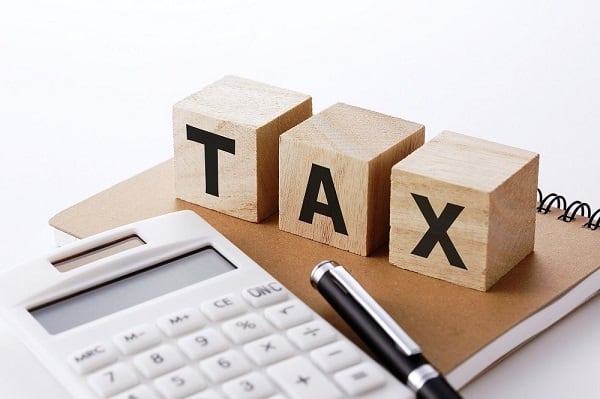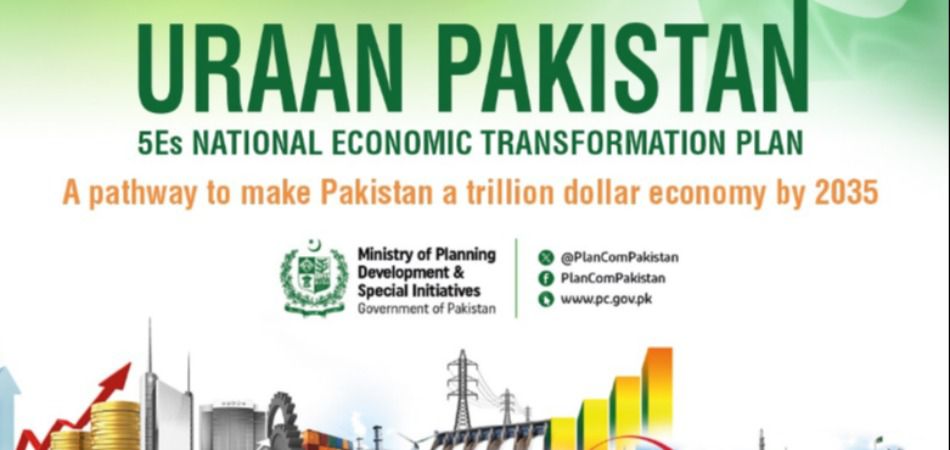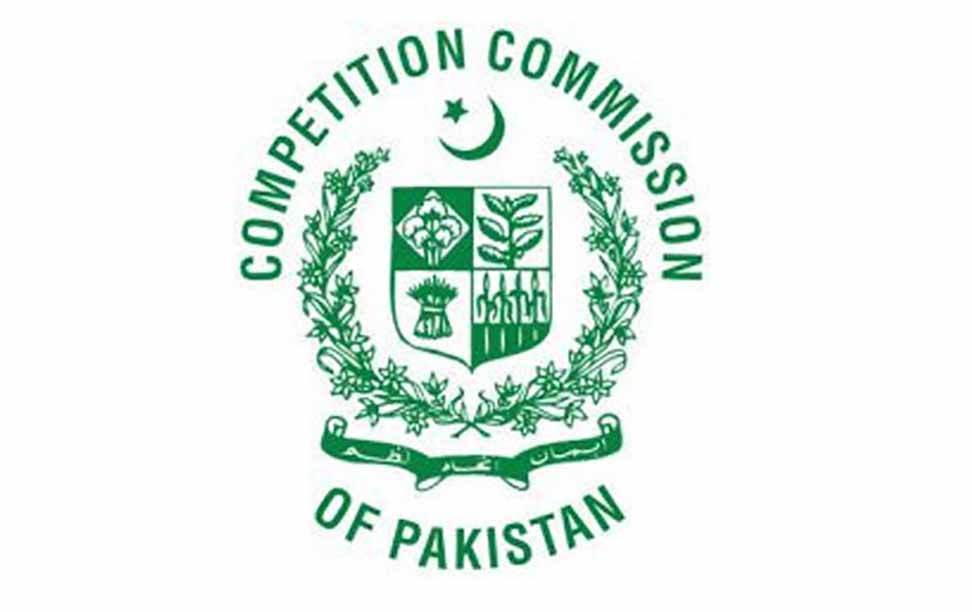President approves Income Tax (Amendment) Ordinance, 2024

By MG News | December 30, 2024 at 09:51 AM GMT+05:00
December 28, 2024 (MLN): In a significant move, President Asif Ali Zardari signed the Income Tax (Amendment) Ordinance, 2024, which enacted a revised tax structure for the banking sector.
Accordingly, banks' standard income tax rate has increased to 44%, abolishing the 15% additional levy on profits earned from lending to the government.
Under the new framework, the 44% tax rate applies to the current tax year and will gradually reduce to 43% in 2026 and 42% in 2027 and beyond.
| Type of Company | Tax Year 2025 | Tax Year 2026 | Tax Year 2027 and Onwards |
|---|---|---|---|
| Banking Company | 44% | 43% | 42% |
| Small Company | 20% | 20% | 20% |
| Any Other Company | 29% | 29% | 29% |
Source: Copy of Ordinance available to Mettis Global
The decision, approved by the Federal Cabinet on Saturday under Prime Minister Shehbaz Sharif’s chairmanship, aims to strengthen government revenues ahead of the fiscal year-end for banks.
The revised tax rate is expected to generate an estimated Rs65 billion by December 31, 2024.
Previously, banks were subject to an additional levy if their lending to the government exceeded a certain threshold.
This ordinance also formalized an agreement between the Pakistan Banks Association (PBA) and the federal government while providing legal cover for past transactions.
Deputy Prime Minister Ishaq Dar led the negotiations, securing a compromise with the banking sector.
The government had initially attempted to waive the 15% tax in June without recouping the losses.
However, this plan was abandoned after public scrutiny, leading banks to increase private-sector lending to avoid the levy.
To resolve the issue, PM Sharif constituted a high-level committee chaired by Dar.
The agreement entails abolishing the 15% additional tax while raising the standard income tax to 44%.
Despite the higher rate, sources suggest banks will benefit, as full recovery under previous rules could have exceeded 45%.
The ordinance also changes the First and Seventh Schedules of the Income Tax Ordinance, clarifying provisions for calculating gross advances-to-deposit ratios (ADRs).
The additional tax, originally introduced in 2022 to encourage industry lending, had led banks to readjust their lending portfolios to avoid the levy.
Minister of State for Finance Ali Pervaiz Malik described the ordinance as a reasonable deal, encouraging capital formation and promoting voluntary lending to the private sector.
He emphasized that the government does not intend to intervene directly in private lending markets.
At present, the Federal Board of Revenue (FBR) is facing a significant revenue shortfall, having collected Rs5.08 trillion by December 27 against a target of Rs6.009 trillion by December 31 to meet IMF conditions.
Copyright Mettis Link News
Related News
| Name | Price/Vol | %Chg/NChg |
|---|---|---|
| KSE100 | 131,176.40 73.64M |
0.37% 489.75 |
| ALLSHR | 81,639.81 346.18M |
0.41% 334.56 |
| KSE30 | 40,111.55 31.92M |
0.42% 166.10 |
| KMI30 | 191,132.18 37.36M |
0.23% 434.13 |
| KMIALLSHR | 55,131.55 169.19M |
0.10% 57.39 |
| BKTi | 35,005.42 6.16M |
1.26% 437.02 |
| OGTi | 28,583.18 2.85M |
-0.54% -156.17 |
| Symbol | Bid/Ask | High/Low |
|---|
| Name | Last | High/Low | Chg/%Chg |
|---|---|---|---|
| BITCOIN FUTURES | 109,500.00 | 110,525.00 109,375.00 |
-915.00 -0.83% |
| BRENT CRUDE | 68.57 | 68.89 68.37 |
-0.23 -0.33% |
| RICHARDS BAY COAL MONTHLY | 97.50 | 0.00 0.00 |
0.75 0.78% |
| ROTTERDAM COAL MONTHLY | 108.45 | 0.00 0.00 |
0.25 0.23% |
| USD RBD PALM OLEIN | 998.50 | 998.50 998.50 |
0.00 0.00% |
| CRUDE OIL - WTI | 66.87 | 67.18 66.69 |
-0.13 -0.19% |
| SUGAR #11 WORLD | 16.37 | 16.40 15.44 |
0.79 5.07% |
Chart of the Day
Latest News
Top 5 things to watch in this week
Pakistan Stock Movers
| Name | Last | Chg/%Chg |
|---|
| Name | Last | Chg/%Chg |
|---|




 FX Reserves
FX Reserves
 CPI
CPI